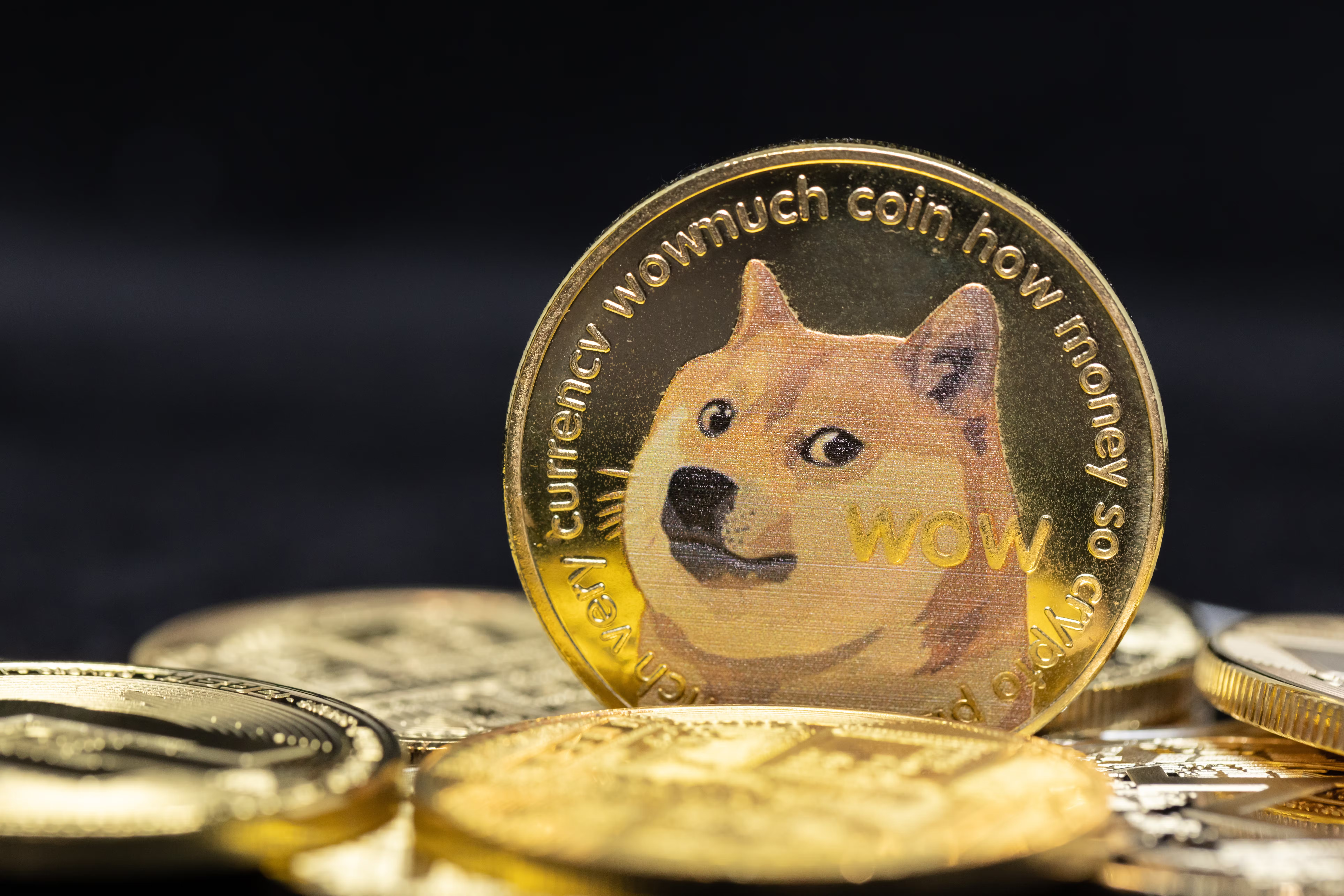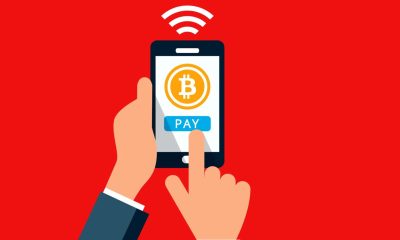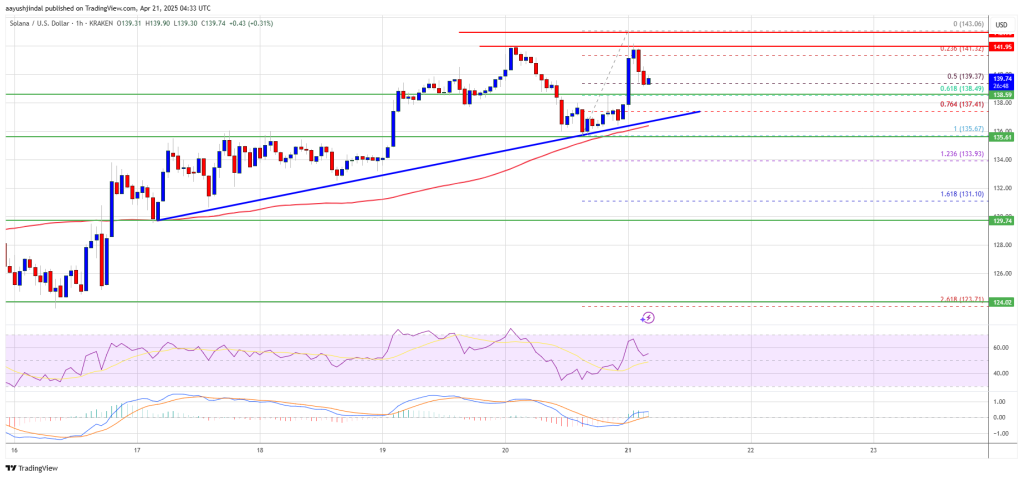Market
Binance CMO Rachel Conlan on Pushing Crypto into Mainstream
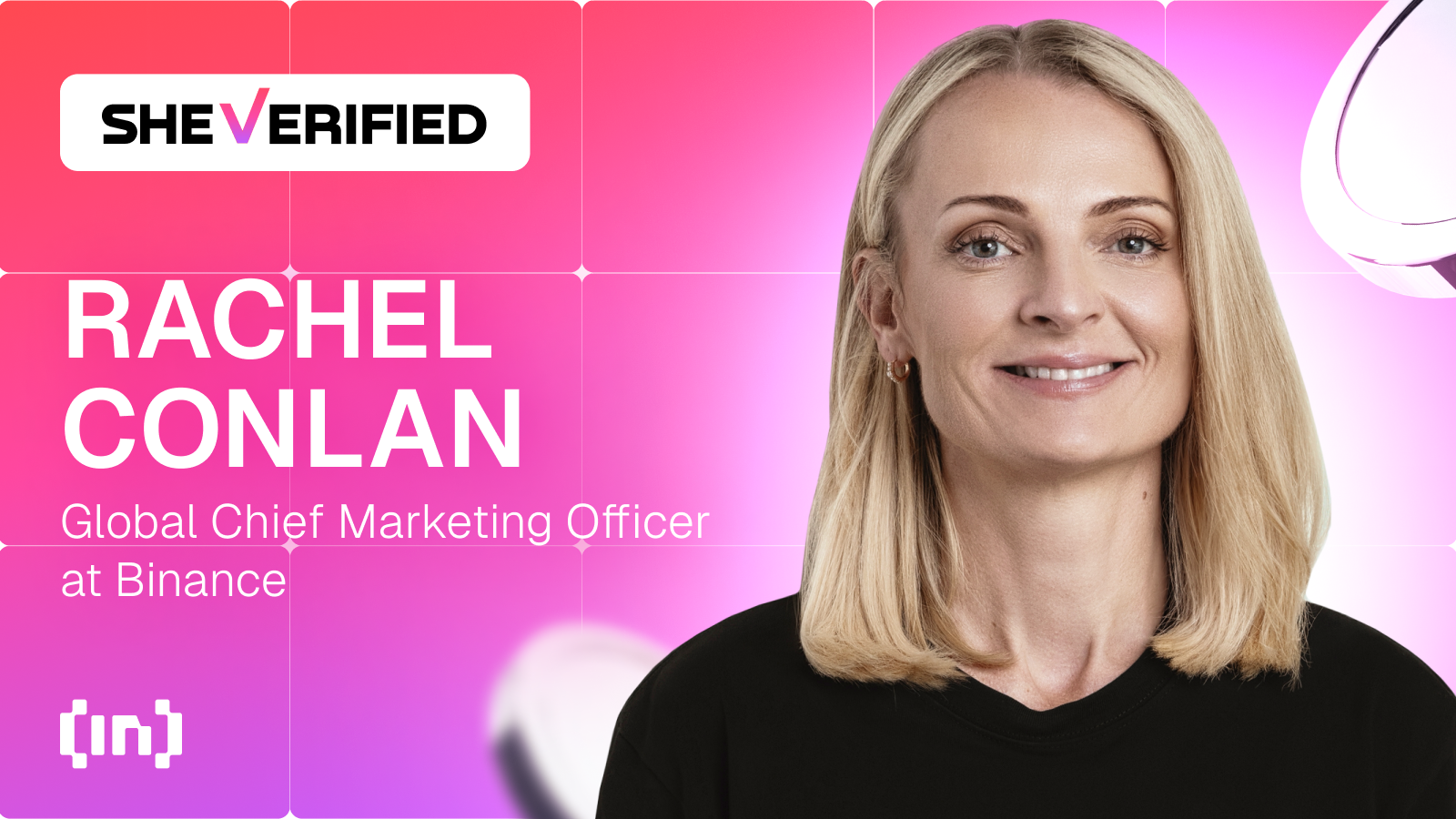

Rachel Conlan’s career journey has been anything but conventional. With over two decades of experience spanning marketing, media, and entertainment, Conlan now serves as the Chief Marketing Officer of Binance, one of the world’s leading cryptocurrency exchanges. Starting her career in the world of advertising, she honed her skills working with global Fortune 500 brands and guiding legacy companies through digital transformations.
In this interview, Conlan delves into her strategic approach to scaling Binance’s global marketing efforts, her insights on empowering women in crypto, and her mission to foster a more inclusive and decentralized financial ecosystem.
Can you share a bit about your background before joining Binance? How you made the switch to the crypto space?
Certainly! Before joining Binance, I spent over 20 years working across various industries, primarily focusing on marketing, media, and entertainment. My career began in advertising, which was an intense, fast-paced environment — perfect preparation for the crypto industry. From there, I worked with major global brands in the luxury and traditional banking sectors, helping them undergo digital transformations.
Eventually, I joined the Creative Artist Agency, one of the world’s largest sports and entertainment agencies, which is where I was first introduced to the world of crypto. Around five and a half years ago, during what felt like a gold rush in the crypto space, fintech and blockchain firms were looking for ways to establish cultural programs and reach new audiences.
I got the chance to work with founders of leading exchanges and platforms, which gave me a front-row seat to the evolution of this industry. It was fascinating to see how crypto was not only disrupting traditional finance but also redefining how we think about ownership and financial freedom.
That experience ignited my passion for this space because I genuinely believe in the transformative potential of blockchain technology. There’s a bigger mission at play here, one that’s about more than just financial transactions — it’s about democratizing access to financial tools and empowering individuals. I joined Binance two years ago, initially as the VP of Marketing, and after a year, I was honored to take on the role of Chief Marketing Officer.
How has your experience in “traditional” industries influenced your approach at Binance?
My background has been incredibly beneficial in shaping my approach to marketing in the Web3 space. One of the things that stood out to me when I joined Binance was how user-obsessed we are. In the world of traditional digital marketing, working with brands that had hundreds of millions of users taught me the importance of scalability and data-driven strategies. At Binance, we’re leveraging those lessons to optimize our user engagement.
For instance, we just crossed 238 million users globally, and my goal is to help us reach one billion users. Achieving that requires us to think differently about marketing. It’s not just about broadcasting a message but about building a genuine community. One of the key elements that sets crypto apart is its community-driven nature. At Binance, we rely heavily on insights from our users, leveraging data to inform everything from our product development to our marketing campaigns.
But it’s also about staying agile. Legacy brands often become bogged down by bureaucracy, which slows down innovation. In contrast, the crypto space moves at lightning speed. For example, if we notice something isn’t resonating with our users — like a trader competition that’s not performing as expected — we immediately dive into the data, adjust our strategy, and pivot, sometimes even on the same day. That agility is crucial because we’re constantly evolving, and we need to stay connected with our community to remain a leader in this industry.
What are some challenges you’ve observed for newcomers, especially women, entering the crypto industry?
The biggest challenge is often the culture shock. The crypto industry has its own unique set of terminologies and an incredibly fast-paced environment that can be intimidating for newcomers. I remember when I first started immersing myself in this space about six years ago, I found the vernacular overwhelming. But once you get past that initial learning curve, you realize that it’s not as complex as it seems. It’s just a matter of understanding the basics and then building on that foundation.
For women, the challenges are even more nuanced. Historically, industries like tech and finance have been male-dominated, and that extends to crypto as well. However, one of the things I love about this industry is that it’s starting to change. We’re seeing more women take on leadership roles, not just at Binance but across the board. At Binance, we are making conscious efforts to create an inclusive environment where diverse voices are valued.
One of the initiatives I’m particularly proud of is our focus on educating women in the crypto space. Last year, during Binance Blockchain Week, we launched a program in Istanbul aimed at educating women on how to responsibly engage with crypto. Our goal is to onboard 500 women by mid-2025, teaching them how to trade, invest, and take control of their financial future.
So far, we’ve reached the halfway mark, and it’s inspiring to see the impact, especially when I hear stories like that of a 65-year-old woman who turned a small investment into a significant return and then helped her friends get involved.
How do you personally stay balanced while leading such a high-pressure role?
It’s definitely a challenge, especially with the demands of a global role and a young family. I’ve learned the importance of prioritizing my well-being, even if it’s just a quick workout in the morning. It helps clear my mind and set a positive tone for the day. I’m also very intentional about how I spend my time. Delegation is key — I have an incredible team of 235 people who are much smarter than me in many areas, so I trust them to execute our vision.
Staying grounded and being able to recharge is crucial because this industry moves fast, and it can be easy to burn out if you’re not careful. I believe that taking care of myself ultimately makes me a better leader, allowing me to make clearer decisions and support my team more effectively.
Binance has been a key player in the crypto industry. How do you balance influencing both users and regulators?
It’s a delicate balance, but it’s one we take very seriously. As the largest crypto exchange, we have a responsibility to set the standard for the industry. Our approach is to engage proactively with regulators, even in regions where regulations are still evolving. Our compliance team is over a thousand strong, and we dedicate a significant amount of resources to ensure that we are not only compliant but also leading the conversation on best practices.
In markets where regulations aren’t yet defined, our team works directly with governments and regulatory bodies to help shape the frameworks. We believe that by taking a collaborative approach, we can help build a safer and more sustainable ecosystem. It’s not just about compliance for the sake of compliance — it’s about protecting our users and ensuring the long-term viability of the industry.
On the user side, we remain deeply committed to community engagement. We host over 1,500 events annually, including Binance Blockchain Week, where we bring together thought leaders, regulators, and users. These events are crucial for bridging the gap between regulators and the crypto community, allowing for open dialogue and collaboration.
Education seems to be a recurring theme in your strategy. Can you elaborate on your initiatives?
Education is at the heart of everything we do at Binance. To unlock the full potential of this industry, we need to focus on educating users at all levels. That’s why we invest heavily in platforms like Binance Academy, which has reached over 23 million readers. It’s designed to simplify complex topics and make them accessible to everyone, whether they’re complete beginners or seasoned traders.
In addition to our academy, we’re leveraging partnerships with influencers and Key Opinion Leaders to reach wider audiences. For instance, we collaborated with Pierre Gasly, Alpine F1 driver and an early adopter of crypto, to create content that demystifies crypto investments and addresses common misconceptions, such as the idea that crypto is a Ponzi scheme.
We also have an Angels program, where volunteers help onboard new users and answer their questions on platforms like Telegram and Discord. This grassroots approach has been incredibly effective in fostering a supportive community.
Finally, what advice would you give to women aspiring to leadership positions in the crypto space?
My advice is threefold. First, do your own research. The tools are out there, and a foundational understanding is crucial. Second, network relentlessly. Attend events, meet people, and don’t shy away from reaching out to others in the industry. The crypto community is very open, and people are usually happy to share their experiences.
Lastly, take the leap. Don’t wait for the perfect job or the perfect opportunity — it doesn’t exist. Be fearless, take that first step, and immerse yourself in the industry. Build your network, join associations, and keep pushing forward. The crypto world is built on community, and there’s always room for those willing to contribute.
Disclaimer
Following the Trust Project guidelines, this feature article presents opinions and perspectives from industry experts or individuals. BeInCrypto is dedicated to transparent reporting, but the views expressed in this article do not necessarily reflect those of BeInCrypto or its staff. Readers should verify information independently and consult with a professional before making decisions based on this content. Please note that our Terms and Conditions, Privacy Policy, and Disclaimers have been updated.
Market
Vitalik Buterin Proposes to Replace EVM with RISC-V
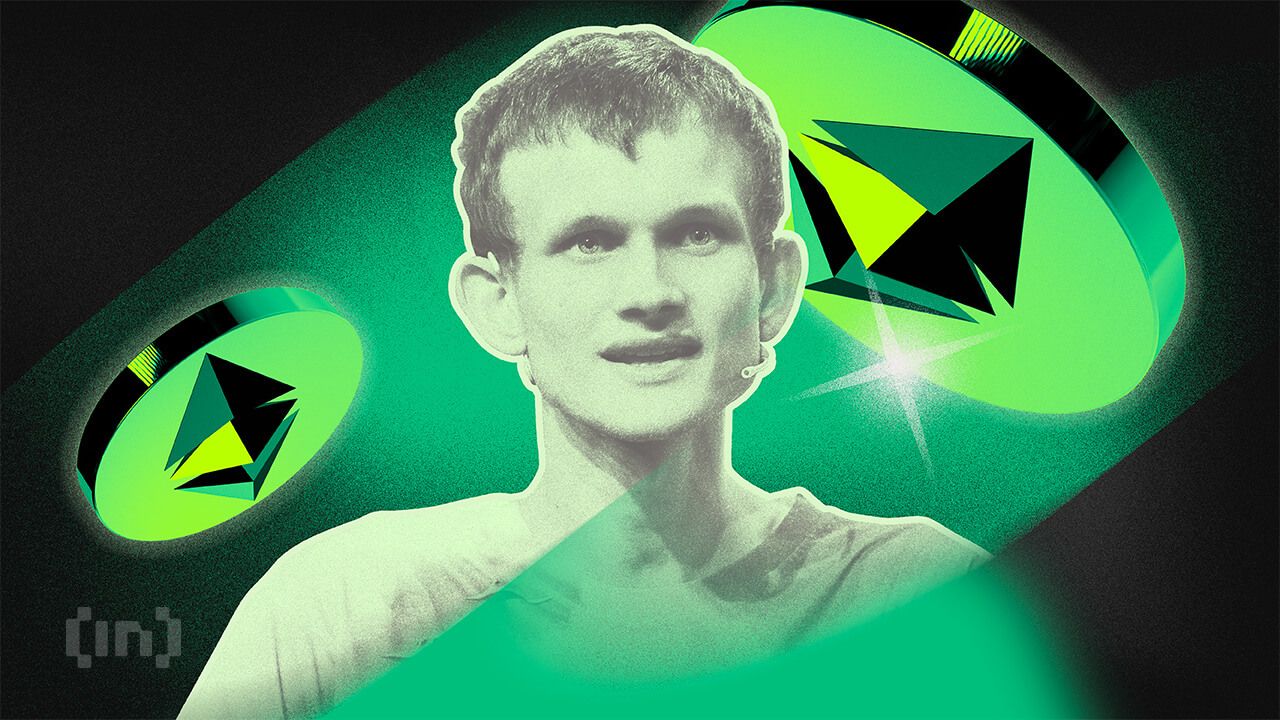
Ethereum (ETH) co-founder Vitalik Buterin has proposed overhauling the blockchain’s smart contract infrastructure by replacing the Ethereum Virtual Machine (EVM) with RISC-V, a widely adopted open-source instruction set architecture.
This shift aims to address one of Ethereum’s key scaling bottlenecks by dramatically improving the efficiency and simplicity of smart contract execution.
Buterin Proposes Ditching EVM for RISC-V
The proposal was detailed in a post on the Ethereum Magicians forum. In it, Buterin suggested that smart contracts could eventually be compiled to RISC-V rather than EVM bytecode.
According to Buterin, this shift addresses long-term scalability challenges. This particularly includes keeping block production competitive and improving zero-knowledge (ZK) EVM-proof efficiency.
“It aims to greatly improve the efficiency of the Ethereum execution layer, resolving one of the primary scaling bottlenecks, and can also greatly improve the execution layer’s simplicity – in fact, it is perhaps the only way to do so,” he wrote.
Current ZK-EVM implementations spend around half of their proving cycles on EVM execution. By switching to a native RISC-V VM, Ethereum could potentially achieve up to 100x efficiency gains.
Importantly, many fundamental aspects of Ethereum’s architecture would remain unchanged, preserving continuity for developers and users. Core abstractions such as accounts, smart contract storage, ETH balances, and cross-contract calls would function exactly as they do today.
Developers would still write contracts in familiar languages like Solidity or Vyper. These would simply be compiled to RISC-V rather than EVM bytecode. Tooling and workflows would remain largely intact, ensuring a smooth transition.
Crucially, the proposal ensures backward compatibility. Existing EVM contracts will remain fully operational and interoperable with new RISC-V contracts.
Buterin outlines several potential implementation paths forward. The first would support both EVM and RISC-V smart contracts natively. The second suggests wrapping EVM contracts to run via an interpreter written in RISC-V. Thus, it would enable a full transition without breaking compatibility.
The third, more modular approach, builds on the second by formally enshrining interpreters as part of the Ethereum protocol. This would allow the EVM and the future virtual machines to be supported in a standardized way.
Buterin stated that the idea is “equally as ambitious as the beam chain effort.”
“The beam chain effort holds great promise for greatly simplifying the consensus layer of Ethereum. But for the execution layer to see similar gains, this kind of radical change may be the only viable path,” Buterin added.
For context, the Ethereum Beam Chain is a redesign of Ethereum’s consensus layer (Beacon Chain). It focuses on faster block times, faster finality, chain snarkification, and quantum resistance. The development will likely begin in 2026.
This proposal fits into Ethereum’s broader vision of modularity, simplicity, and long-term scalability. Previously, BeInCrypto reported on Buterin’s privacy-centric plans for the blockchain.
The proposal focused on integrating privacy-preserving technologies. Moreover, the Pectra upgrade is also nearing, with the launch expected on May 7.
Meanwhile, ETH continues to face market headwinds, trading at March 2023 lows. This year has been quite hard for the altcoin, as it saw a decline of 50.8%. In fact, Ethereum dominance hit a 5-year low last week.

Nonetheless, BeInCrypto data showed a slight recovery over the last 14 days. ETH rose by 6.1%. Over the past day alone, it saw modest gains of 1.7%. At the time of writing, ETH was trading at $1,639.
Disclaimer
In adherence to the Trust Project guidelines, BeInCrypto is committed to unbiased, transparent reporting. This news article aims to provide accurate, timely information. However, readers are advised to verify facts independently and consult with a professional before making any decisions based on this content. Please note that our Terms and Conditions, Privacy Policy, and Disclaimers have been updated.
Market
Solana Rallies Past Bitcoin—Momentum Tilts In Favor of SOL

Solana started a fresh increase from the $120 support zone. SOL price is now consolidating and might climb further above the $142 resistance zone.
- SOL price started a fresh increase above the $125 and $132 levels against the US Dollar.
- The price is now trading above $130 and the 100-hourly simple moving average.
- There is a connecting bullish trend line forming with support at $137 on the hourly chart of the SOL/USD pair (data source from Kraken).
- The pair could start a fresh increase if it clears the $142 resistance zone.
Solana Price Gains Over 5%
Solana price formed a base above the $120 support and started a fresh increase, like Bitcoin and Ethereum. SOL gained pace for a move above the $125 and $132 resistance levels.
The pair even spiked toward the $145 resistance zone. A high was formed at $143.06 and the price is now retreating lower. There was a move below the 23.6% Fib retracement level of the upward move from the $135 swing low to the $143 high.
Solana is now trading above $130 and the 100-hourly simple moving average. There is also a connecting bullish trend line forming with support at $137 on the hourly chart of the SOL/USD pair. The trend line is close to the 76.4% Fib retracement level of the upward move from the $135 swing low to the $143 high.
On the upside, the price is facing resistance near the $142 level. The next major resistance is near the $145 level. The main resistance could be $150. A successful close above the $150 resistance zone could set the pace for another steady increase. The next key resistance is $155. Any more gains might send the price toward the $165 level.
Pullback in SOL?
If SOL fails to rise above the $142 resistance, it could start another decline. Initial support on the downside is near the $138.50 zone. The first major support is near the $137 level and the trend line.
A break below the $137 level might send the price toward the $132 zone. If there is a close below the $132 support, the price could decline toward the $125 support in the near term.
Technical Indicators
Hourly MACD – The MACD for SOL/USD is gaining pace in the bullish zone.
Hourly Hours RSI (Relative Strength Index) – The RSI for SOL/USD is above the 50 level.
Major Support Levels – $137 and $132.
Major Resistance Levels – $142 and $145.
Market
Bitcoin Price Breakout In Progress—Momentum Builds Above Resistance

Reason to trust

Strict editorial policy that focuses on accuracy, relevance, and impartiality
Created by industry experts and meticulously reviewed
The highest standards in reporting and publishing
Strict editorial policy that focuses on accuracy, relevance, and impartiality
Morbi pretium leo et nisl aliquam mollis. Quisque arcu lorem, ultricies quis pellentesque nec, ullamcorper eu odio.
Bitcoin price is slowly moving higher above the $86,500 zone. BTC is gaining pace and might continue higher in the near term.
- Bitcoin found support at $84,200 and started a recovery wave.
- The price is trading above $85,500 and the 100 hourly Simple moving average.
- There was a break above a connecting bearish trend line with resistance at $85,000 on the hourly chart of the BTC/USD pair (data feed from Kraken).
- The pair could start another increase if it clears the $88,000 zone.
Bitcoin Price Eyes Steady Increase
Bitcoin price remained stable above the $83,200 level and started a fresh increase. BTC was able to climb above the $84,200 and $85,000 resistance levels.
There was a break above a connecting bearish trend line with resistance at $85,000 on the hourly chart of the BTC/USD pair. The bulls were able to pump the price above the $86,500 resistance. It even spiked above $87,000. A high is formed near $87,562 and the price might continue to rise unless there is a move below the 23.6% Fib retracement level of the upward move from the $84,007 swing low to the $87,562 high.
Bitcoin price is now trading above $86,500 and the 100 hourly Simple moving average. On the upside, immediate resistance is near the $87,500 level. The first key resistance is near the $88,000 level.

The next key resistance could be $88,800. A close above the $88,800 resistance might send the price further higher. In the stated case, the price could rise and test the $89,500 resistance level. Any more gains might send the price toward the $90,000 level.
Downside Correction In BTC?
If Bitcoin fails to rise above the $88,000 resistance zone, it could start a downside correction. Immediate support on the downside is near the $87,000 level. The first major support is near the $86,750 level.
The next support is now near the $86,000 zone. Any more losses might send the price toward the $85,750 support or the 50% Fib retracement level of the upward move from the $84,007 swing low to the $87,562 high in the near term. The main support sits at $84,850.
Technical indicators:
Hourly MACD – The MACD is now gaining pace in the bullish zone.
Hourly RSI (Relative Strength Index) – The RSI for BTC/USD is now above the 50 level.
Major Support Levels – $86,750, followed by $86,000.
Major Resistance Levels – $87,500 and $88,000.
-
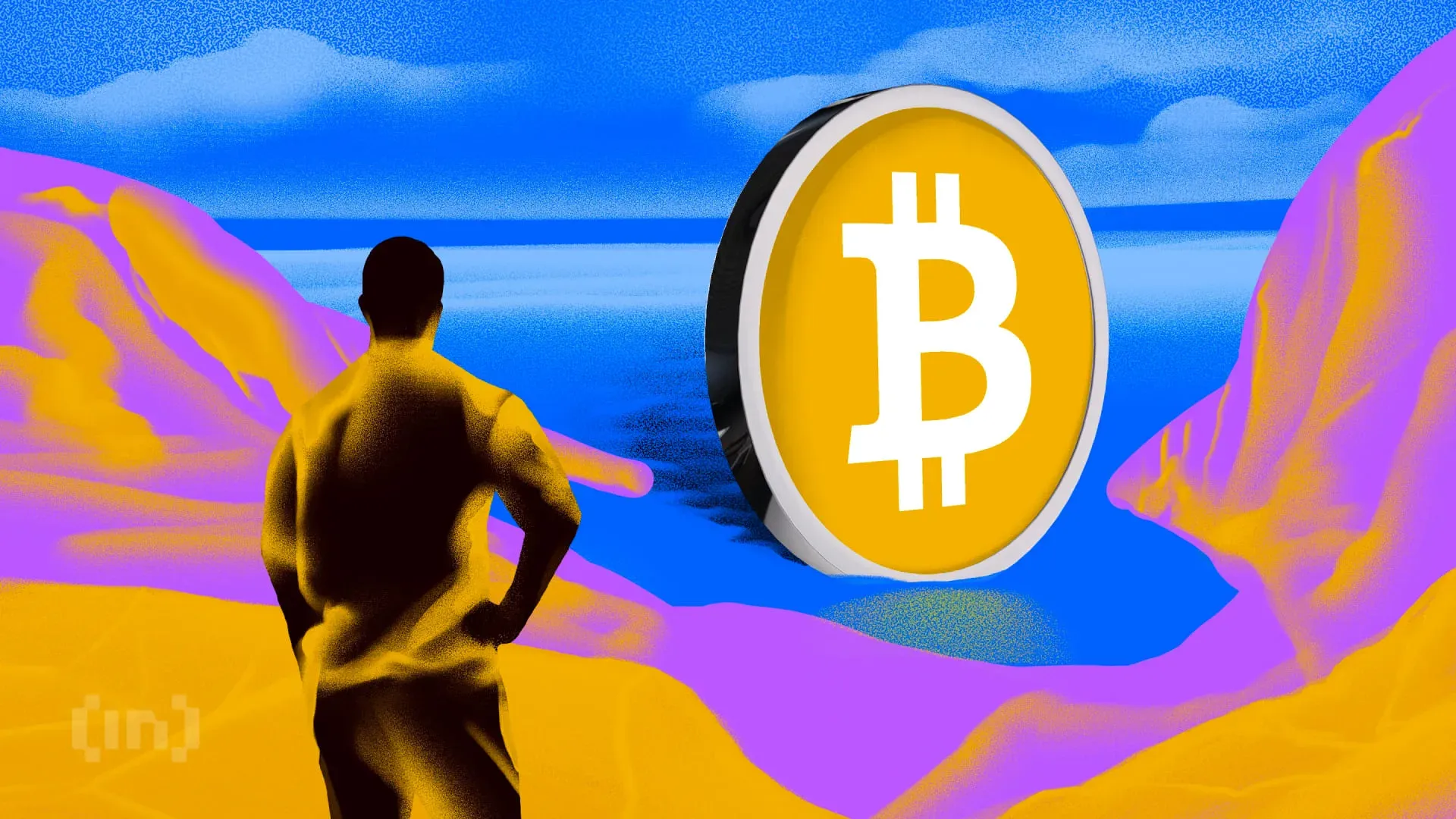
 Market14 hours ago
Market14 hours ago1 Year After Bitcoin Halving: What’s Different This Time?
-

 Ethereum21 hours ago
Ethereum21 hours agoEthereum Consolidates In Symmetrical Triangle: Expert Predicts 17% Price Move
-

 Market20 hours ago
Market20 hours agoToday’s $1K XRP Bag May Become Tomorrow’s Jackpot, Crypto Founder Says
-

 Market18 hours ago
Market18 hours agoMELANIA Crashes to All-Time Low Amid Insiders Continued Sales
-
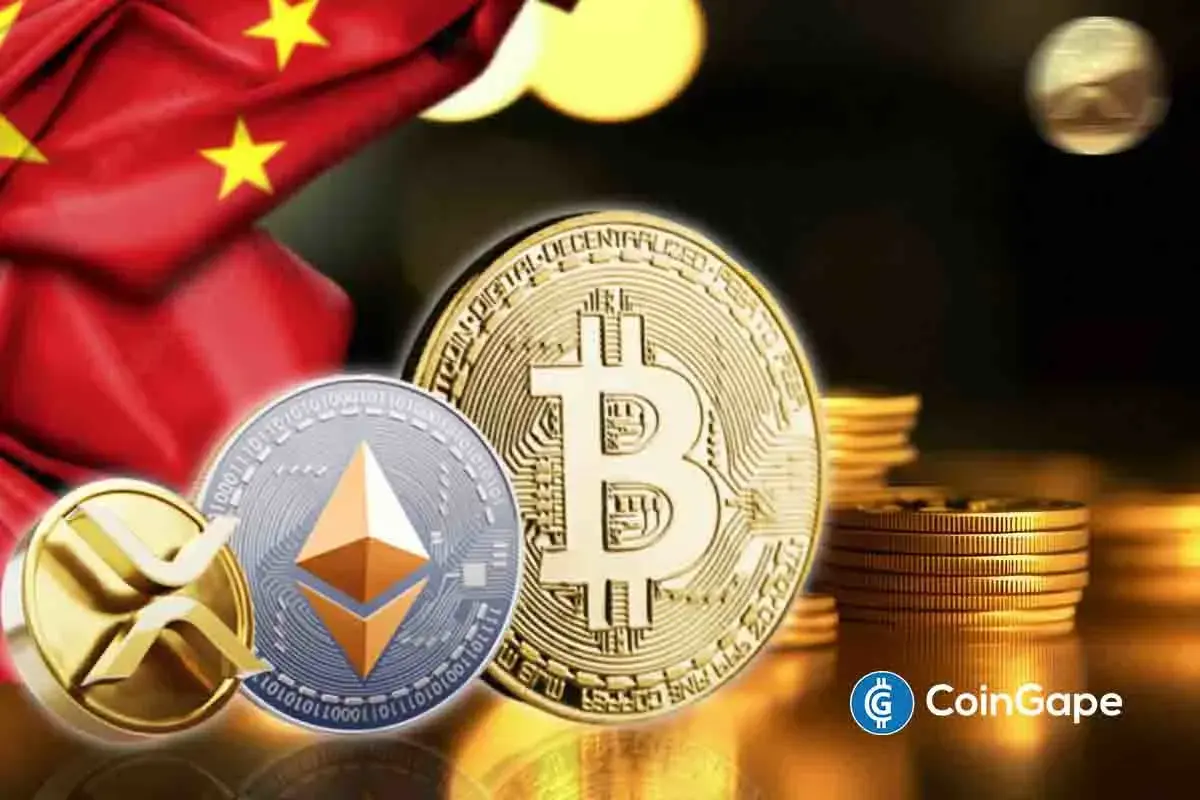
 Altcoin23 hours ago
Altcoin23 hours agoWhat’s Up With BTC, XRP, ETH?
-
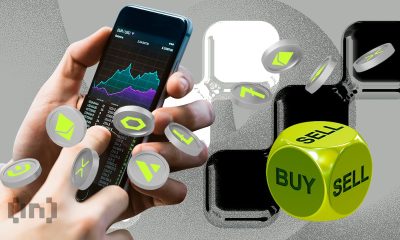
 Market19 hours ago
Market19 hours agoCharles Schwab Plans Spot Crypto Trading Rollout in 2026
-

 Market15 hours ago
Market15 hours agoVOXEL Climbs 200% After Suspected Bitget Bot Glitch
-

 Ethereum23 hours ago
Ethereum23 hours agoEthereum Accumulators At A Crucial Moment: ETH Realized Price Tests Make-Or-Break Point


